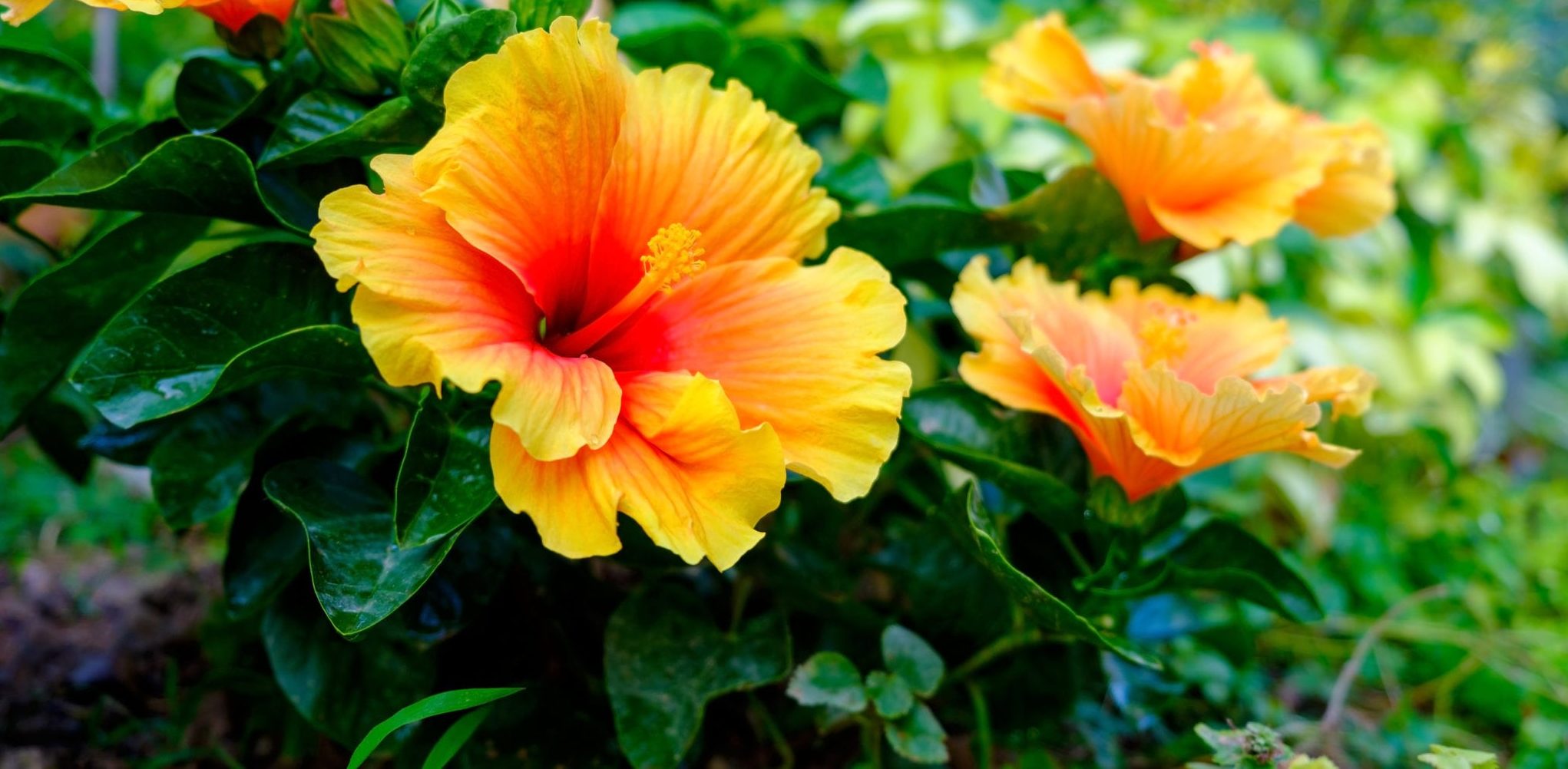With average temperatures in the 90 degree range during the Oklahoma summer, residents trying to keep their lawns and gardens thriving should heed tips from the experts.
Kathy Caviness of Caviness Landscape Design in Arcadia has some great pointers for homeowners and renters who take pride in their summer plants.
“Soil condition is critical to retain moisture,” she says. “If your garden is suffering, a soil test should be taken to the nearest garden center for evaluation. Consistent and even watering is the most important, and mulch is known to retain the moisture.”
Plants in pots need daily watering, as the soil inside them tends to dry out quickly. Conserving water can be achieved by watering in the early morning and evening to reduce evaporation and reduce stress on the plants.
“Some plants thrive in full sun, such as native grasses, which add texture [to your landscaping] and don’t require as much water,” says Caviness. “Native grasses like dwarf miscanthus, Mexican feather grass, plume grass and liriope – monkey grass – are great examples. Full-sun exposure plants like hibiscus, lantana, penta, verbena, salvia, scaevola, sweet potato vine, coneflower and coreopsis are easily found in nurseries and are great choices for the summer garden.”
For those who want to bring wildlife into their green oases, Caviness has some insight.
“Plants that attract butterflies and hummingbirds … are vervain, which comes in blue, red, pink and purple blooms,” she says, “along with lion’s ears, which have orange and yellow blooms; the cigar plant, which attracts hummingbirds; and white cat’s whiskers, which has large white blooms.”
According to horticulturist Brian Jervis, Oklahoma State University offers lawn and gardening tips through its Cooperative Extension Services and Master Gardener’s Manuals.
These informative brochures state that most garden plants in Oklahoma need approximately 1 inch of water per week in May and June, and up to 2 inches of water in July through September. Light watering at frequent intervals is not recommended as it causes shallow roots, which can be harmful to plants during a drought.
If you ever doubted the glorious attributes of mulch, think again.
According to the OSU Master Gardener’s literature, mulch can reduce moisture evaporation, help regulate soil temperature, increase water absorption, prevent weeds and decrease soil erosion and runoff.
While mulch is great for plants, fertilization is a necessity for Oklahoma lawns. Fertilizer helps improve color, density, and – this one is a must – the ability to stand up to Oklahoma temperatures.
Most know proper watering is essential for a healthy lawn, but many people do not realize how important proper mowing is for green spaces.
During the peak heat of summer, mow at a height of 2 ½ inches. The experts at OSU warn that no more than one-third of the lawn’s top growth should be removed during one mowing. Cutting the grass too short discourages deep rooting, making the lawn vulnerable to the state’s extreme heat.
For more information on annuals, perennials, shrubs and trees that are proven by Oklahoma State University to tolerate our state’s hot, dry summers, visit www.oklahomaproven.org.


























